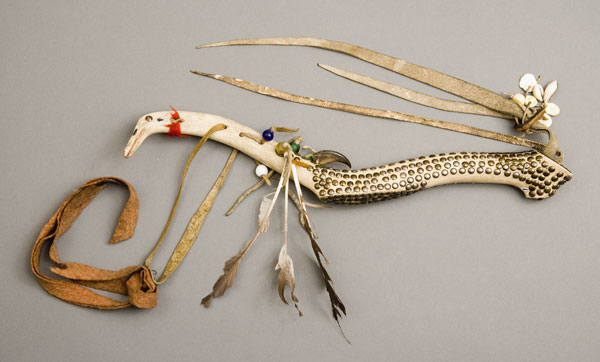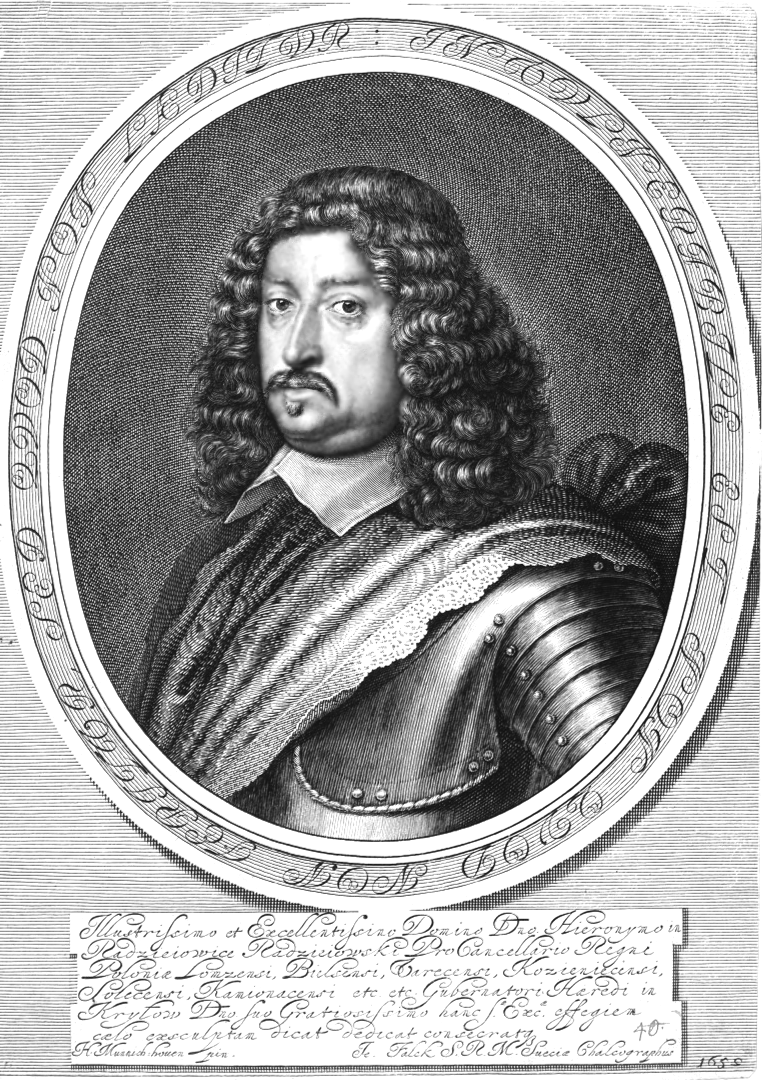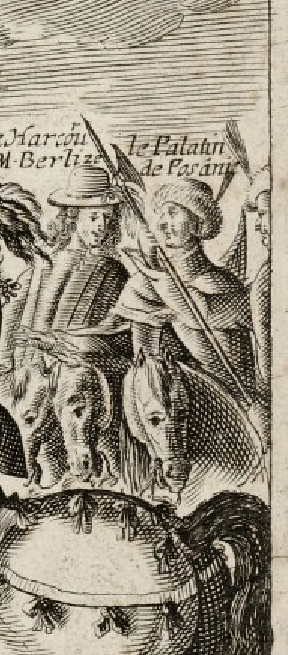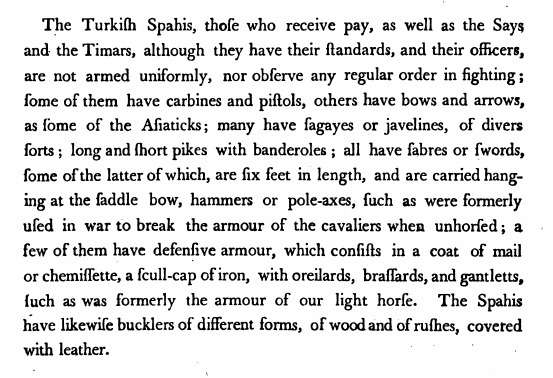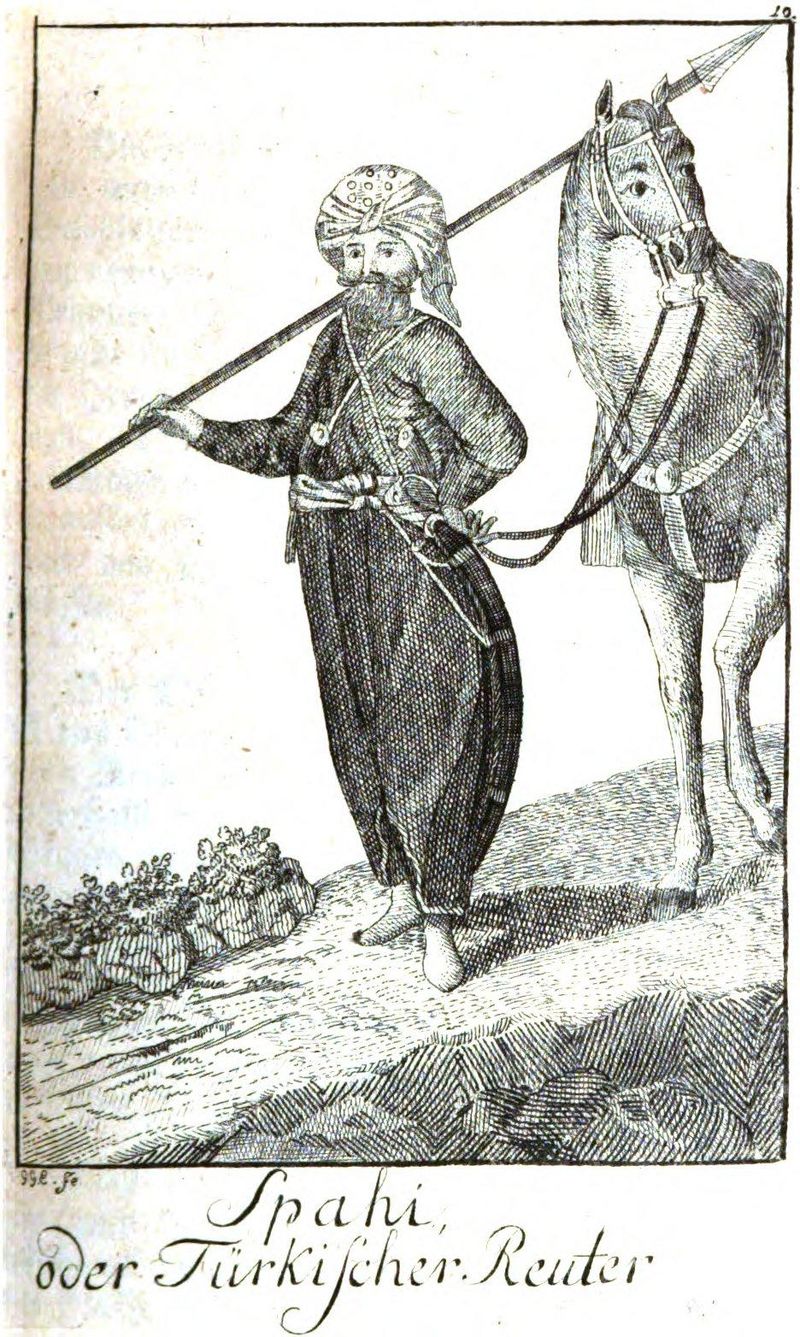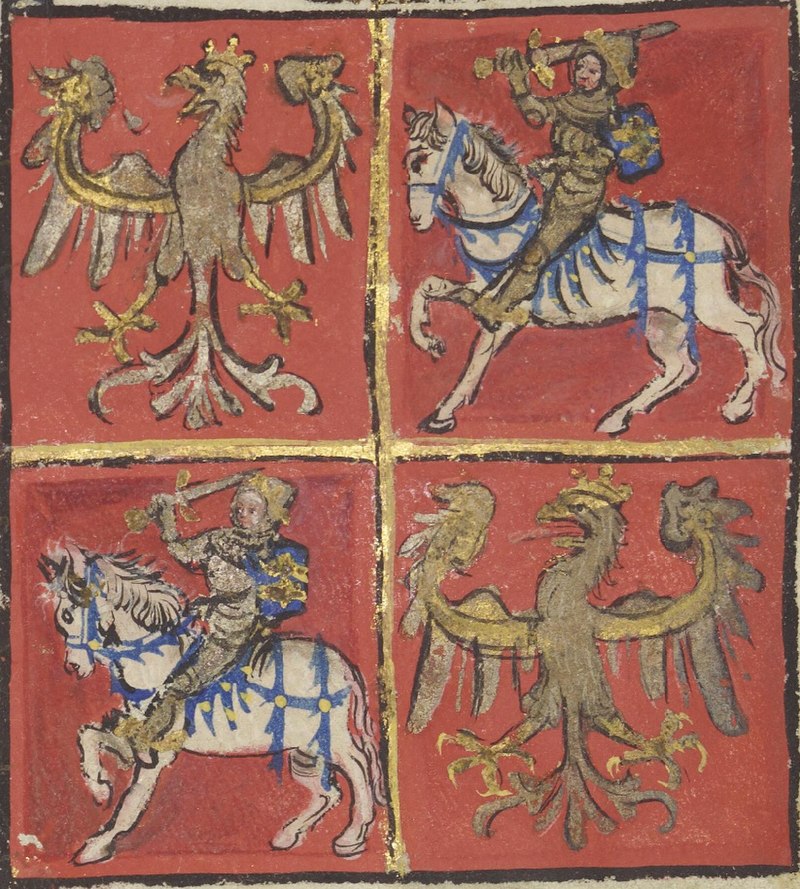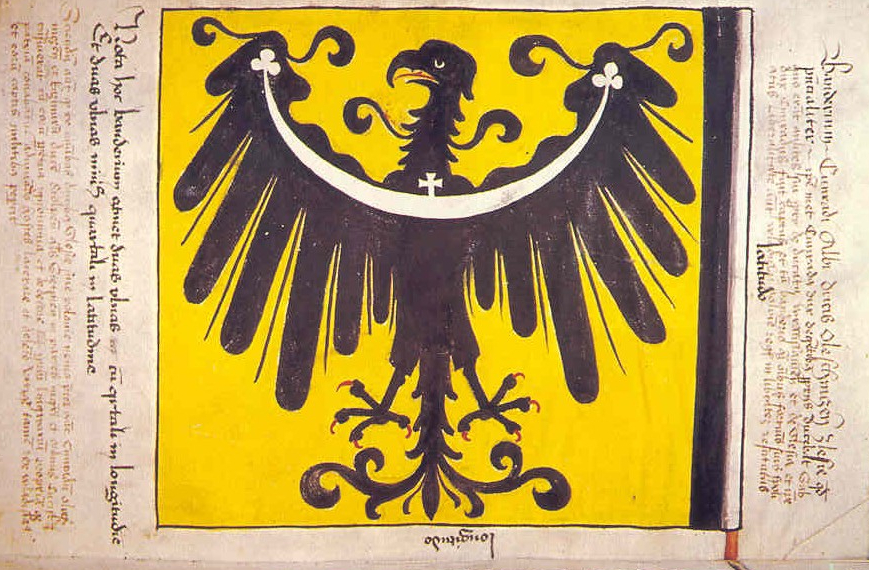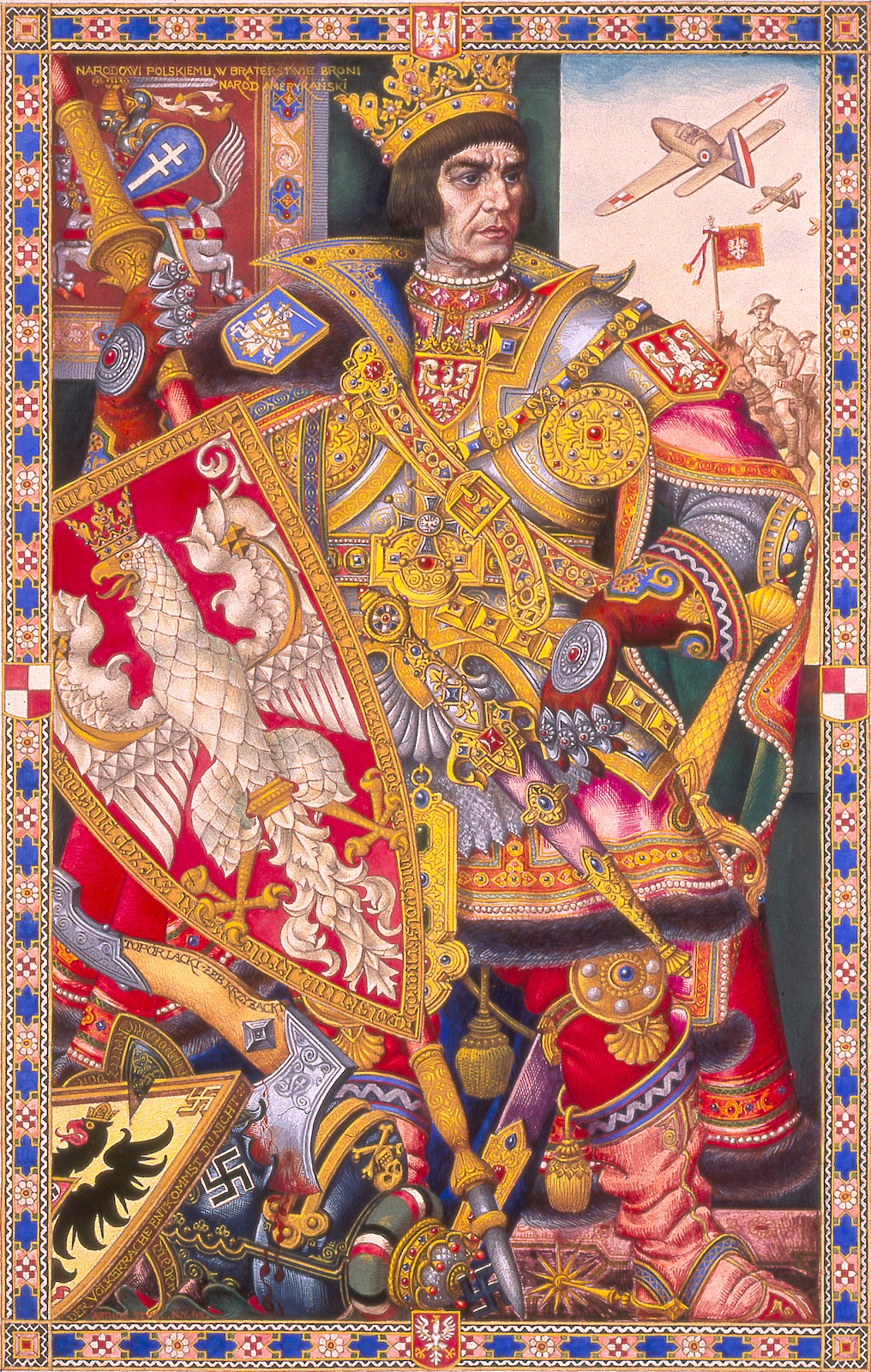Salvete Omnes,
not only victories should be remembered, as there are lessons in defeats and debacles.
In Polish history the 25th of July is one such day of infamy and defeat, namely the infamous battle and capitulation at Ujscie falls on this day.
One of those anniversaries that were shameful for the Kingdom of Poland army & Greater Poland's nobility, one of the worst in their history.
The Ujscie debacle marks the beginning of time of Sorrows in Polish-Lithuanian early modern history known as 'Potop' (the Deluge) in our history, when rebellious Zaporozhian Cossacks, Muscovites, Transylvanians, and Swedish armies pillaged, raped and burned parts of the vast Commonwealth State.
The Swedish army was commanded by marshal Arvid Wittenberg, born in the Swedish province of Finland, who contracted and organized his mostly German army at Dabie near Szczecin (Stettin) - this land was a newly acquired Swedish province from the Griffins' Duchy of Western Pomerania.
One Scottish solider of fortune 20 years old
Patrick Gordon, later a
memoirist and eventually a Russian imperial marshal and collaborator of tsar Peter the Great, joined the Swedish forces there, becoming a reiter cavalryman, along with his fellow Scots - one day we could visit his diaries, available in Russian and English.
This Wittenberg Swedish army, consisted of 6,000 cavalry and dragoons, and close to 8,000 infantry and artillerymen, left Swedish Pomerania, crossed the Brandenburg-Prussian Pomerania by consent of its ruler, the duke of Prussia and Polish vassal, and finally on July 21 crossed into Polish-Lithuanian Commonwealth.
Polish nobleman and disgraced courtier
Hieronim Radziejowski,
Junosza coat of arms, led this Swedish army towards his native land, against his king and his God, but not without the support of his fellow noblemen.
Approaching the Notec River they encountered a sizable and entrenched Polish army, consisting mostly of the noble levy militia (pancerni or winged hussar-like with retainer), privately raised cavalry and infantry companies, and 1,400 hajduk &
wybraniecka infantry, concentrated at the Notec fords at Ujscie (confluence of the
Gwda river and Notec) and
Wielen (with its castle), strategically protected by the swampy terrain and forests of the Notec valley, lack of roads and other smaller river crossings. But there was also a detachment to the north in
Pila and far to the north at Drahim (see below). They lacked in artillery and infantry, albeit noble retinues had many an armed servant able to serve in the trenches and
radboauts.
But they really did not fight the invaders but for some infantry scrimmages etc on the 24th, while the old medieval fortrest, the starost
castle at Drahim , was abandoned by its 400-strong Polish infantry detachment already on the 21st, and Wittenberg took it without any fight. Do note that in the coming months numerous Polish strongholds - castles, fortresses and towns- would surrender to the invaders, often without the fight. soon whole divisions of the Polish army would surrender to the invaders, one of the commanders who joined the Swedish invaders was Jan Sobieski, our future king.
The eternal shame was shared or perhaps belonged more appropriately to a Greater Poland magnate, voivode of Poznan Krzysztof Opalinski, Lodzia coat of arms, who at that time had been in opposition to the Polish king for 5 years, and was a noted poet and satirist.
Opalinski actually had brought his own winged hussar banner to the Ujscie camps, along with his private infantry and other retainers and servants. There are some sources that claim his winged hussar banner was sent to engage the Swedish forces but due to the lack of the cavalry-proper terrain could not attack them and withdrew.
Opalinski's co-commander voivode of Kalisz Andrzej Karol Grudzinski, Grzymala coat of arms, belonged to the same anti-royal court fraction of the Polish elites (and Lithuanians had their Radziwill anti-royal camp). and thus both Opalinski and Grudzinski were apparently voicing the opinion and convictions of many of the Greater Poland's nobility, many of them fed up with His Royal Majesty Jan II Kazimierz and his wife queen Maria Louise Gonzaga's politics and machinations, so this Greater Poland noble militia army decided not to fight against Witternberg's army.

Sources and historians provide that there were 15 thousands Polish soldiers concentrated among the camps at Ujscie and Wielen. The Greater Poland's noblemen, perhaps as many as 13 thousands, officially surrendered and left their camps for their estates the following day, 26th of July onward. But the act of capitulation was singed by Opalinski, Grudzinski, and about 800 magnates and noblemen, and for the next several months more and more noblemen would sign for the Swedish king's protection known as the Salva Guardia.
Swedish royal engineer and participant of the war Erik Dahlberg created a map of this first major battle of the Polish-Swedish war 1655-60 (he was not present at Ujscie, joining the Swedish army in 1656). There are mostly mounted Polish units and armed with lances etc at the top of the map.
The defense of the monastery of Jasna Gora near Czestochowa (late November early Decemebr 1655) would mark the beginning of the turning of this shameful tide (there were exceptions like Czarniecki or Lubomirski, or Zamoyski, & the lesser nobility and peasants). But four more years of war with Sweden would be facing Polish-Lithuanian realm.
Valete






